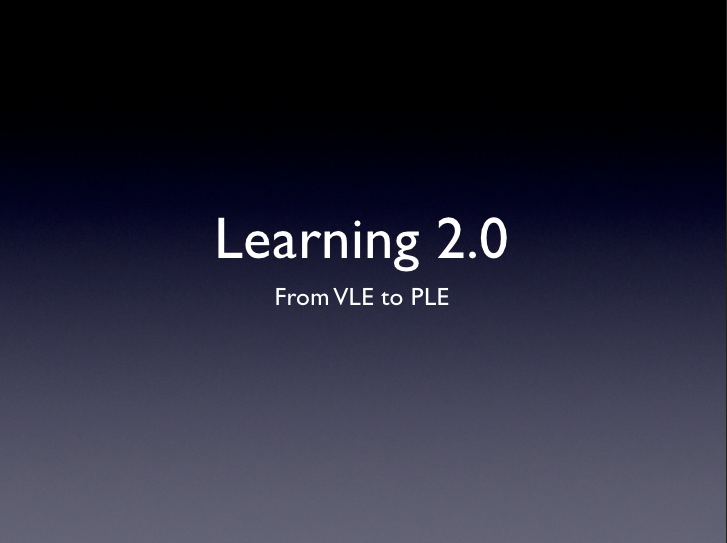This week’s readings covered both VLEs and PLEs. This lead us to draw our own visual representations of our PLEs. Looking back on that exercise, here are some of my thoughts.
My PLE is a collection of “something” that transcends physical and virtual environments
Parts of my PLE collection are stored physically, such as books or maps etc. However, most are stored inside my brain. I think the ‘cloud’ or ‘mind map’ best represents this idea. In this way, when I want to know something, I visualise the main elements of my PLE, and based on past experience and depending on the topic, I select the avenue that was most successful in the past. Thus reinforcing the dependability of some resources, and reducing the value of others.
I would say that each element in my PLE, be it human or technology, requires evaluation, perhaps a constant re-evaluation, in terms of of reliability. This evaluation takes the form of a mutual experience. That is to say, if I have a question that needs answering (human) or I need to find some information (online), I store the interactions (human<>human or human<>computer), knowledge imparted (advice/Google search result) and successful application of said knowledge to my personal situation (did it answer my question? Did I find the correct information?), and sub-consciously grade that success. Then I use that grade to ascertain future interactions with said person or technology.
Written down like this, perhaps my PLE seems a little complicated. But as we know the brain is a multi-functioning tool, able to make the calculation above, and millions of others just like it, all at the same time.
The ‘essential’ recommendation for my student’s PLE: Search Engines – Google/Bing/Baidu, and how to introduce the concept in the classroom I think Google Search is a very powerful function, and I would probably start there. I never lecture, and rarely present, preferring always an interactive, hands-on activity. Assuming all students are digital immigrants (in terms of technical know-how, and in terms of using tech tools for academic purposes), I would propose beginning with the Chinese “Google”, aka Baidu.
A Simple Lesson Plan
Stage 1:- Very simply, we would navigate the basic areas and functions of Baidu, make some searches, perhaps play some ‘find this website/content’ games and discuss their internet use in relation to homework.
Stage 2: – Once everyone was comfortable with that I would board the key terms (possibly in Chinese) and elicit the English terms, and then repeat the process of discovering the elements of the main page, discussing the possibilities of use, and finally asking them to search for some websites/information.
Stage 3:- Depending on the students level, I would initiate a discussion on the validity or ‘correctness’ of information stored on the internet.
(Now I’ve just re-read my Google idea, forgetting that it is actually blocked here…OK, so we’d do all of that using Bing!)



